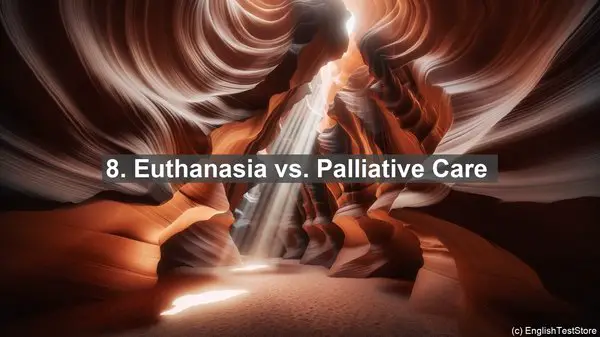Introduction
Welcome to today’s lesson on commonly confused words in zoological medicine. As you delve deeper into this field, it’s crucial to have a firm grasp on these terms. Let’s get started!
1. Etiology vs. Pathogenesis
Etiology refers to the cause or origin of a disease, while pathogenesis focuses on the development and progression of the disease. Understanding both is vital for effective diagnosis and treatment.
2. Endemic vs. Epidemic
Endemic refers to a disease that is consistently present in a particular region, while epidemic signifies a sudden increase in the number of cases. Recognizing the difference aids in implementing appropriate control measures.
3. Zoonosis vs. Anthroponosis
Zoonosis is a disease that can be transmitted from animals to humans, whereas anthroponosis refers to a disease that only affects humans. Differentiating between the two is crucial for public health strategies.
4. Prophylaxis vs. Treatment
Prophylaxis involves preventive measures to avoid disease, while treatment focuses on curing or managing an existing condition. Both play significant roles in maintaining animal health.

5. Congenital vs. Hereditary
Congenital conditions are present at birth, often due to developmental issues, while hereditary conditions are inherited from parents. Understanding this distinction aids in genetic counseling and breeding programs.
6. Invasive vs. Non-invasive
Invasive procedures involve penetrating the body, while non-invasive methods do not. Knowing when to use each is essential for minimizing risks and maximizing diagnostic accuracy.
7. Anesthesia vs. Analgesia
Anesthesia induces a loss of sensation, while analgesia focuses on pain relief. Both are critical during surgical procedures to ensure the animal’s comfort and safety.
8. Euthanasia vs. Palliative Care
Euthanasia involves the humane ending of an animal’s life to prevent suffering, while palliative care aims to improve the quality of life in animals with terminal conditions. These decisions require careful consideration and compassion.

9. Quarantine vs. Isolation
Quarantine is the separation of healthy animals to prevent the spread of disease, while isolation is the separation of sick animals to avoid transmission. Both are vital in disease control.
10. Necropsy vs. Biopsy
Necropsy is the postmortem examination of an animal, often to determine the cause of death, while biopsy involves the sampling of living tissue for diagnostic purposes. Each provides valuable insights for further investigation.
